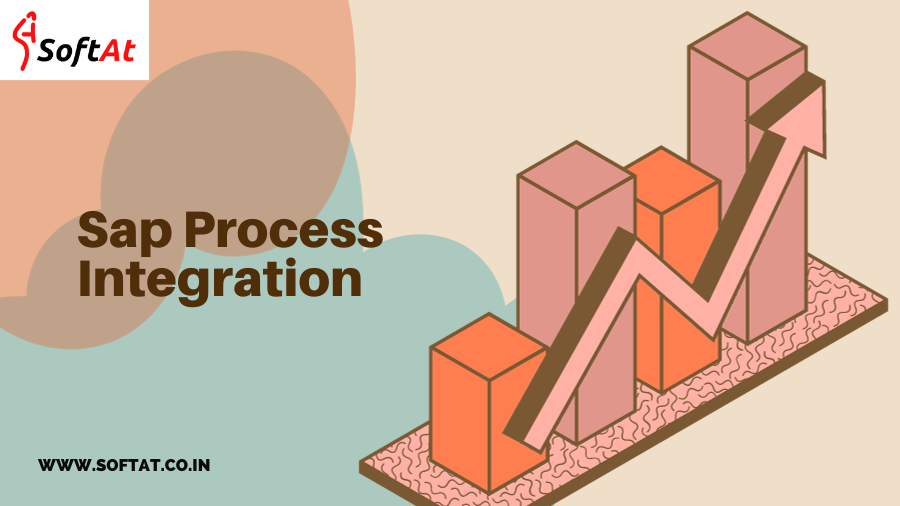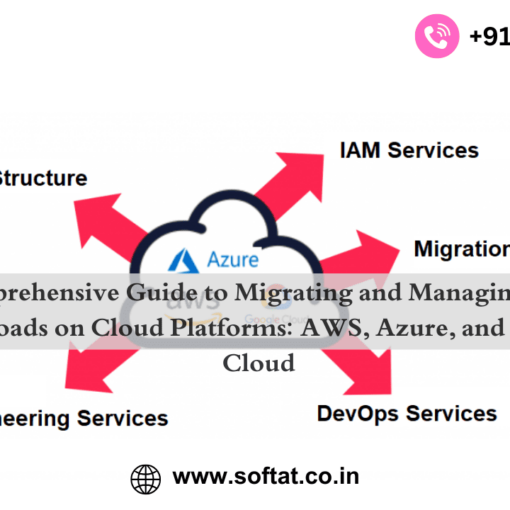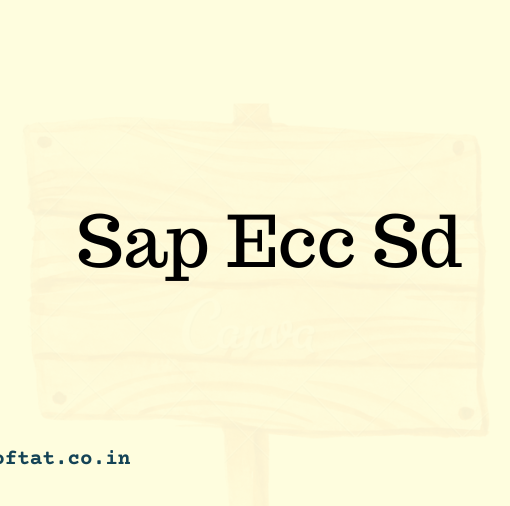Introduction to SAP Process Integration
In the fast-paced world of business operations, SAP Process Integration (SAP PI) has emerged as a vital solution, revolutionizing the way organizations integrate and streamline their processes. This article aims to explore the intricacies of SAP PI, from its key components to its implementation and the impact it has on optimizing business processes.
Key Components of SAP Process Integration
At the core of SAP PI are three key components: Integration Builder, Integration Directory, and Runtime Workbench. These components work in tandem to facilitate seamless communication and data exchange between various systems within an organization.
Benefits of SAP Process Integration
The adoption of SAP PI brings forth a myriad of benefits. From streamlining business processes and enabling real-time data exchange to empowering decision-makers with accurate and timely information, SAP PI plays a crucial role in enhancing overall operational efficiency.
SAP PI vs. Traditional Integration Methods
Comparing SAP PI with traditional integration methods sheds light on the shift towards more advanced and integrated solutions. SAP PI’s ability to provide a unified platform for integration sets it apart, offering a comprehensive approach to managing diverse business processes.
Implementation Process of SAP Process Integration
Implementing SAP PI involves a systematic process, starting with planning and scoping, followed by system configuration, customization, testing, and deployment. This ensures a smooth integration into existing systems and minimal disruption to ongoing operations.
Common Challenges in SAP PI Implementation
While the benefits are significant, challenges can arise during the implementation of SAP PI. Addressing complexities in data mapping, overcoming integration testing issues, and managing changes effectively are crucial for a successful adoption of this integration solution.
Optimizing Business Processes with SAP PI
Beyond integration, SAP PI opens avenues for further optimization of business processes. Leveraging automation and orchestration capabilities, organizations can enhance data accuracy, reduce manual intervention, and ensure a more efficient workflow.
Success Stories: Real-world Examples
Real-world success stories highlight the transformative impact of SAP PI. Companies across various industries have experienced improved operational efficiency, enhanced collaboration, and a substantial reduction in errors after implementing SAP Process Integration.
Future Trends in Integration Technology
Looking ahead, the future of integration technology involves advancements in cloud integration and the integration of Internet of Things (IoT). These trends indicate a continuous evolution towards more connected and agile business ecosystems.
Conclusion
In conclusion, SAP Process Integration stands as a cornerstone in the landscape of integration solutions. Its robust features, seamless implementation process, and ongoing adaptability position it as a crucial tool for organizations aiming to streamline and optimize their business operations.
Frequently Asked Questions
- Can SAP Process Integration handle complex data mapping scenarios?
- Yes, SAP PI is equipped to handle complex data mapping scenarios, ensuring accurate and seamless data exchange.
- How long does it take to implement SAP Process Integration?
- The implementation timeline varies but typically ranges from a few months to a year, depending on the complexity of integration requirements.
- Is SAP PI suitable for small businesses?
- Yes, SAP PI is scalable and can be adapted to meet the integration needs of businesses of all sizes.
- What industries benefit the most from Process Integration?
- Industries with intricate business processes, such as manufacturing and logistics, benefit significantly from SAP PI.
- Does it support cloud integration?
- Yes, SAP PI is evolving to support cloud integration, aligning with the trend towards cloud-based solutions.
You may be interested in:





